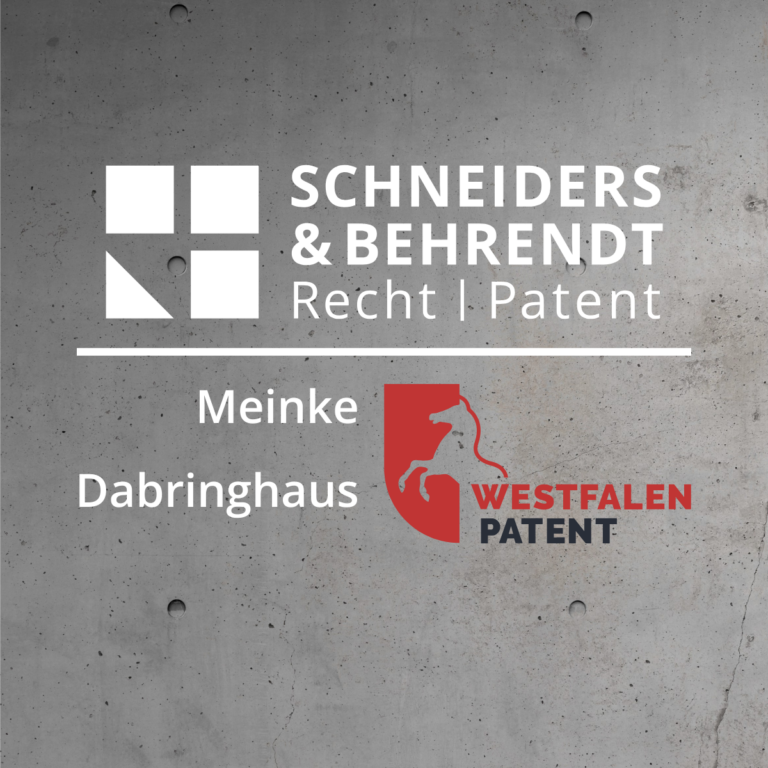Supervisory board members should counter the constantly increasing liability risks and the danger of personal claims as well as liability with their private assets with the best possible directors and officers insurance cover (D&O insurance cover).
In this article, we shed light on the liability risks for supervisory board members based on a high-profile case and explain how you can best protect yourself.
I. Example of liability
The Hamm Higher Regional Court(judgment of April 6, 2022, 8 U 73/12) has ordered six former members of the Supervisory Board of Karstadt parent company Arcandor, which went bankrupt in 2009, to pay a total of around 53.6 million euros in damages to the insolvency administrator. Due to the long duration of the proceedings, interest of just under 28 million euros must be added to this, which means that the total amount recovered is around 81.5 million euros.
The insolvency administrator asserted claims for damages in connection with earlier sales and subsequent leasing back of department stores. The houses are said to have been sold by the Management Board to a fund at well below market value and then rented again at inflated conditions. The members of the Supervisory Board should have monitored the members of the Management Board and taken action against the Management Board in good time. The official duties of the Supervisory Board include monitoring the Management Board and, if necessary, pursuing breaches of duty, including the assertion of corresponding claims for damages. Supervisory Board members are liable if they fail to assert claims against the Management Board and if they allow realizable claims against Management Board members to lapse.
According to the court’s findings, the necessary weighing up of the advantages of asserting the claims for damages and the associated disadvantages had not taken place to the extent required. The claims would also have been enforceable due to the D&O insurance cover and the private assets of the former members of the Executive Board.
Specifically, the fault of the Supervisory Board members was based on the fact that they had wrongly assumed that the claims against the Management Board members were unlikely to be realized without sufficient examination and without appropriate expert advice. In the opinion of the court, the supervisory board members’ assessment of the realizability of claims for damages was clearly too negative.
II Insurance solutions
(1) Separate D&O insurance for supervisory board members
Optimum D&O insurance cover for supervisory board members is provided by a separate supervisory board D&O insurance policy, which the company takes out for the supervisory board members only. A separate D&O protection shield for the Supervisory Board significantly improves the legal position of both the members of the Executive Board and the Supervisory Board. Supervisory board members are often only held accountable after the management board members, usually on the grounds that they knew about the managers’ breach of duty but did nothing about it. If the D&O insurance sum is then already exhausted by the claims against board members, there is a threat of access to the private assets of the supervisory board members. Separate policies for the Management Board and Supervisory Board are safer.
The so-called Two Tier Trigger Policy has attracted particular attention in the D&O insurance market. It provides the company’s conventional D&O global policy for all board members (management board + supervisory board) with a separate D&O policy for the supervisory board only, which in turn is underwritten by another insurer. This cover applies in certain cases (triggers) if the wording is otherwise identical to the global policy (so-called full following form). The most important triggers are alternative:
- Exhaustion of the sum insured under the global policy;
- Notice of dispute by members of the Management Board.
Insured persons are former, current and future members of the supervisory bodies of the policyholder, its subsidiaries and the co-insured companies in accordance with the corporate D&O policy (in particular supervisory boards, administrative boards, advisory boards) in their activities as members of the supervisory bodies. The cover also includes provisional legal protection for joining and the active costs: The insurer shall also bear the reasonable costs incurred in connection with consultations on the question of joining after the notice of dispute or corresponding declaration of intent. In addition to the terms and conditions of the corporate D&O policy(ies), the insurer shall also bear the costs incurred by insured persons joining the plaintiff.
The reasons for the cover concept are obvious:
(a) Since the supervisory board is responsible for monitoring the management, any error made by the management can theoretically be turned into an error by the supervisory board, according to the motto: If the supervisory board had fulfilled its monitoring responsibility, this error would not have occurred at all. If misconduct on the part of management is subsequently discovered, the controlling body is now expected by the courts to take a different approach than in the past. Whereas for many years the assertion of claims for damages against the management board was not made due to personal loyalty ties, today supervisory board members are aware of the sword of Damocles of their own liability. If supervisory board members fail to clarify the misconduct of the management on a sustained basis, they themselves face claims for damages from the company.
(b ) The efficiency of D&O insurance is put to the test by the distribution of insufficient sums insured, which sometimes threatens to leave supervisory board members in particular empty-handed.
(c ) According to the motto “attack is the best defense”, individual members of the supervisory board are often threatened at the time of out-of-court settlement negotiations that they will be dragged into the lawsuit and immediately declared guilty of “complicity” and “joint responsibility” if a lawsuit is filed. This already calls into question the independence of the Supervisory Board in the context of the out-of-court assertion of the claim. A notice of dispute literally turns the supervisory board from the hunter into the hunted. The D&O insurance then turns out to be a deceptive package for the supervisory board. It is true that the notice of dispute also triggers the insured event in the conventional D&O corporate policy, under which the Management Board and Supervisory Board are jointly insured. As a rule, the supervisory board member filing the notice of dispute will want to resolutely counter the central accusation of the notice of dispute, according to which the supervisory board was correctly and fully informed about the measures that caused the damage and approved them in full. The only suitable way to do this is to intervene on the side of the plaintiff company. The D&O insurers refuse insurance cover on the simple grounds that joining the plaintiff’s side is not a defensive measure, which is why no cost cover can be granted under the terms of the insurance. As a result, supervisory board members involved in disputes have to pay for their lawyers out of their private coffers.
(d ) Separate policies (with separate sums insured) are recommended for reasons of good corporate governance, in particular to ensure the necessary separation and independence of the Management Board and Supervisory Board (especially when pursuing claims for damages).
(2) Personal D&O insurance
In addition to company-financed separate supervisory board D&O insurance, personal D&O insurance is becoming increasingly widespread. These offer the Supervisory Board member individual protection and are taken out by the Supervisory Board member himself for his own account. The best way to understand the personal protective shield is to use up the D&O cover provided by the company’s D&O policy. If the sum insured under the company’s D&O policy is exhausted, insurers will initiate a distribution procedure. The individual supervisory board member must then fear that even defense costs can only be partially compensated. In the event of a D&O claim, the defense costs alone are very high. Another argument in favor of a personal policy is any exclusions of cover in the company D&O policy. Depending on the sector and size of the company, D&O policies increasingly include exclusions from cover. Insurers are most reluctant to pay damages in corruption and antitrust proceedings. The negotiation process with the insurer is almost cut off, especially in the case of policies with claims. Personal D&O policies are generally without exclusions in this respect.
III Conclusion and recommendation for action
Optimum D&O insurance cover for supervisory board members is provided by a separate supervisory board D&O insurance policy, which the company takes out for the supervisory board members only. A personal D&O insurance policy, which a supervisory board member can take out himself, guarantees individual protection.
A lawyer experienced in the legal structuring of D&O policies can avoid pitfalls and design an optimal cover concept for the individual case. According to the lawyer’s recommendation, an independent insurance broker should be consulted for the placement of the best possible insurance cover.




